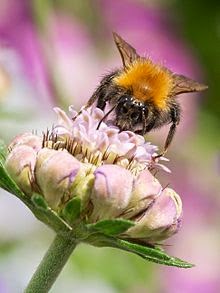I know this is
cheating but just in case I don't get the gift of a book for
Christmas, I've bought myself not just one but two.
'The Wild Garden' by
William Robinson was first published 144 years ago to illustrate to
the Victorian gardener a naturalistic and informal alternative to the
fashion for seasonal tender plants used in rigidly formal displays.
Although radical at the time you would expect that with the passing
of the years his message would have lost its relevance, but with the
ever more pressing need for us to garden in a sustainable way,
William Robinson's ideas are just as relevant today. Using plant
communities that coexist easily and happily without the need for a
huge amount of intervention from us to cover the ground and exclude
weeds with their vigour is a great way to plant for a Victorian or
modern gardener.
The other book I've
treated myself to is bang up to date and by two of the leaders of
current planting styles, 'Planting A New Perspective' is by Piet
Oudolf and Dr Noel Kingsbury. They describe ways of planting to
achieve a naturalistic look and an easy maintenance regime using
plants suited to the garden's conditions. At first glance these
books couldn't look more different from each other, one illustrated
by small black and white line drawings the other packed full of
exciting vibrant photographs of planting combinations, an explosion
of colour, shape and form.
Yet at their heart
both books ask gardeners the same thing, to think about what we plant
and the way we do it, to understand the plants' needs and use them in
combinations which encourage them to perform their best for us in
schemes which are easy on the eye and are not difficult to maintain.
It's incredible to
think how much has changed in the last 144 years and yet in the world
of plants, despite so many new ones having been brought into
cultivation. the message remains basically unchanged. It's all about
gardening with thought.
By coincidence, it
just happens that there's another book I quite fancy called 'The
Thoughtful Gardener', but I couldn't buy myself three Christmas
presents could I?









.JPG)










